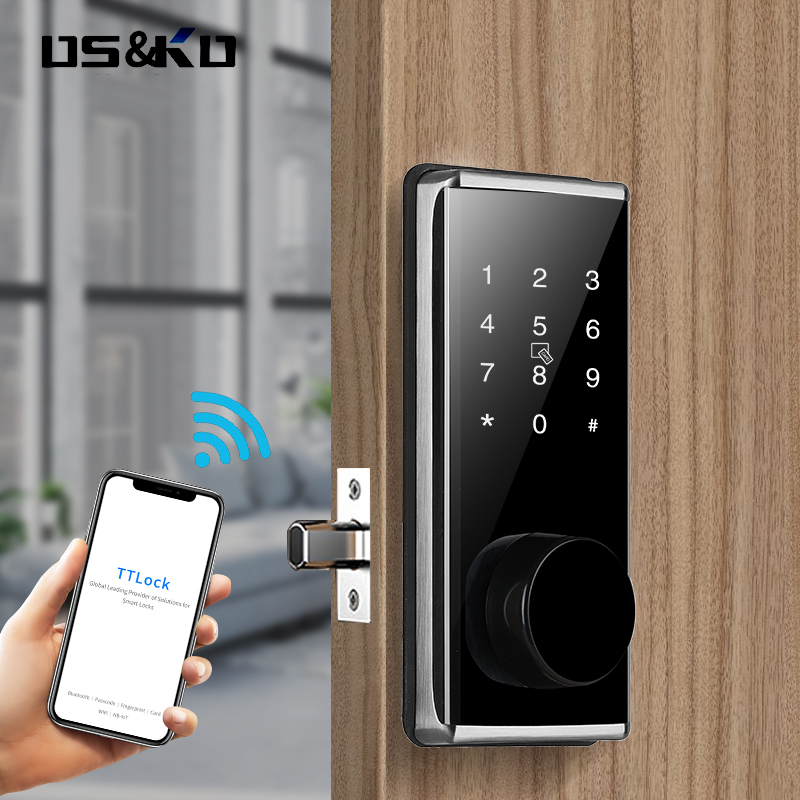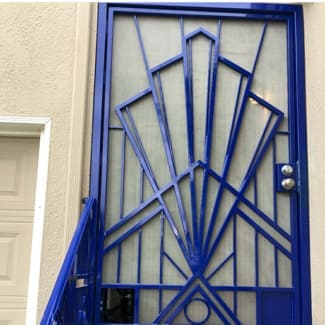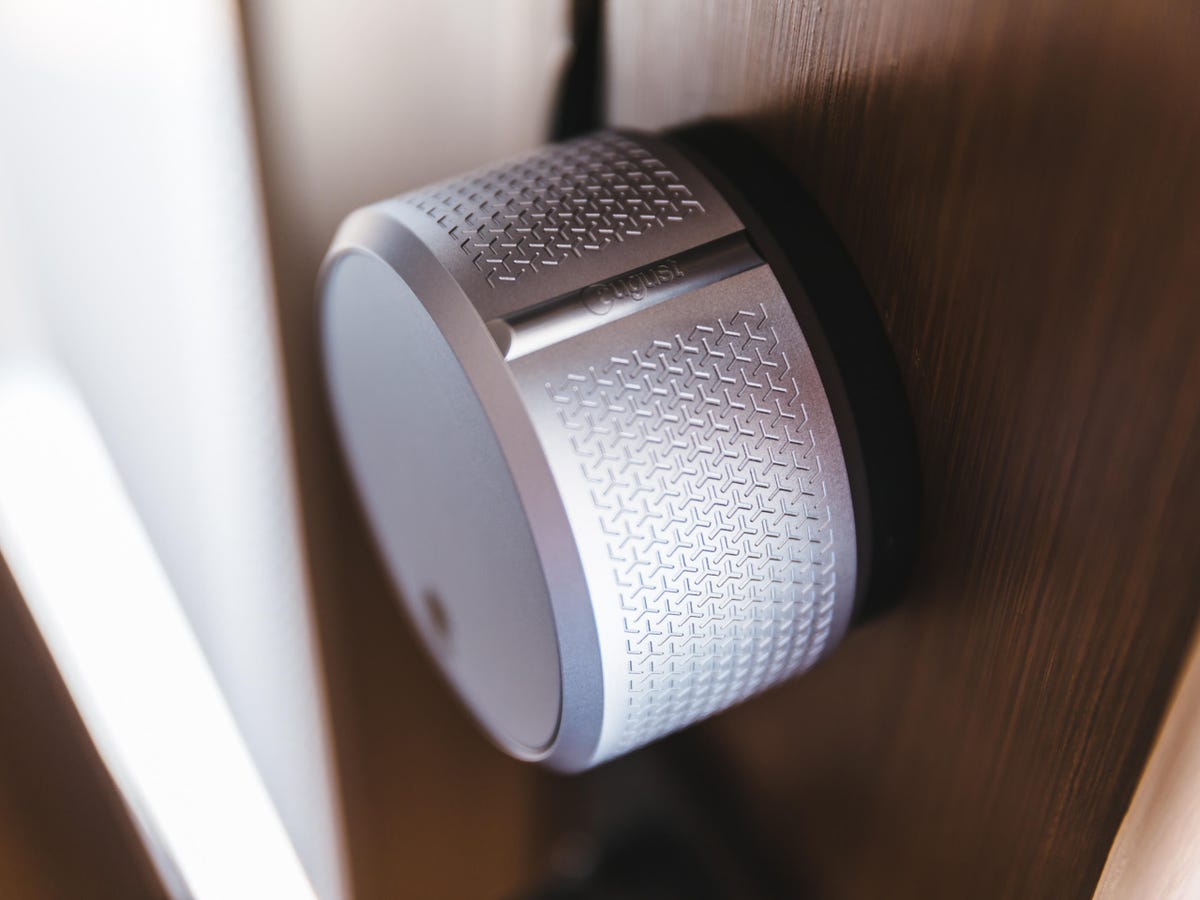
The alarm wires can be cut to disable the system. The wires can be cut on traditional alarm systems. Wireless systems that depend on a telephone connection will not work.
The first thing you have to do is locate the main panel. It usually has a lid that you can open with a screwdriver.
After that, you will need to remove battery from alarm. The battery usually has two terminal wires, one red and the other black.
Once you have removed the battery, you can disconnect both the red and the black wires. This will cut the alarm off completely.

However, you need to keep in mind that the alarm will continue to function through the backup battery. The alarm can continue to sound up to twenty minutes.
It is also possible to ask an engineer to come out and open the alarm for you. They will charge a fee, but this can help you to get the system shut off or decommissioned.
If your vehicle has an alarm installed, the easiest way to deactivate it is to lock and unlock the driver side door. Often this can turn off the car alarm without causing problems.
The alarms on most aftermarket and factory fitted cars will stop working when you turn the ignition key or unlock and lock the door of the driver. If this doesn't work, you can try removing the fuse in the engine compartment.
Most commercial alarms operate on electricity. Entering a code in the main alarm box or keypad will silence the siren or beeping if you have access to the control panel of your building's alarm system. This will stop external ringing and also reset internal alarm.

If you have an alarm that does not sound during a power outage, it's important to read the manual to find out how to silence it. The battery may not be enough to shut off some systems. To fix this, connect a battery as shown in the image below.
Locate the breaker or fuse box within your building if you still hear the alarm. It is located in the breaker room, janitor closet or other similar areas.
Pressing the panic button on your keyfob is another way to silence an alert. The alarm can be turned off in certain car models if the panic button is pressed while the vehicle is moving.
Burglars are always looking for ways to disable an alarm. Some burglars cut the alarm wire while others disable a security alarm by breaking into the home and destroying a keypad or alarm system before the 30- to 60-second entry delay counts down and the alarm calls police.
FAQ
What is the distinction between surveillance cameras and security cameras?
Surveillance cameras may be used to monitor, but security cameras can also be used to protect.
Both cameras have their pros and cons. Their main differences are the types of images they capture. Surveillance cameras capture video in slow motion so you can observe what's really happening. Security cameras, on the other hand, only record still images and video, which can be viewed later.
What is the best home security program?
ADT Pulse and Ring Alarm are the most popular home security system. Vivint Smart Security Home Security and Protect America are also very popular.
Which is better: home security cameras or home security systems?
Home security systems are better than home security camera because they can detect movement and sounds even if nobody is in the room. On the other side, home security cameras are much cheaper than home alarm systems and can be easily mounted to windows and doors.
How much does an effective home security system set you back?
A good home security system can cost about $2,500. This might seem like a lot, but it's really quite inexpensive when you consider the peace of mind that comes with having a safe and secure place to live.
Which Home Security Systems Are Unhackable?
The definition of hacking will determine the answer to this question. Hacking refers only to the unauthorized use of computer systems, networks, data, and programs. Home security systems that do not have software that allows for remote control of the system cannot be hacked. They also don't allow anyone to enter your house without permission.
But, it is possible to hack some home security system if they are connected online. These types of systems usually require a password to operate, which means that someone can hack them if he knows the correct password.
What is the best security system?
The best security system to install depends on how much you value your home and belongings. The cheapest alarm system, which doesn't offer enough protection, is the basic one. You can either get a better one with more features, such as remote monitoring, video surveillance or access control.
Statistics
- That's probably why Cove has a whopping 98%* customer retention rate. (safewise.com)
- Related questionsHome security systems that are 100% DIY (safewise.com)
- (In my experience, the discount on my home insurance covered about 25 percent of the subscription of an average plan, but your mileage may vary depending on your location and the size of your home.) (theverge.com)
- Depending on your insurance, 24/7 professional monitoring may qualify you for as much as 15% off your premium. (safewise.com)
External Links
How To
How to Install A Home Security System
A home security camera is a device that monitors your house and alerts you when there's activity. It could be motion sensors, doorbell cameras, smoke detectors or burglar alarms. A home security alarm system often includes one or two sensors (e.g., motion detections), which send signals to the control panel when they detect movement. The signals are then sent to a control panel where they're monitored and recorded. If there's something wrong, like someone breaking into your house, the control panel sends out an alert to your phone, tablet, computer, or voice assistant. You'll know what's going on and can take action immediately.
The first step to installing a home security system is choosing the right type of sensors for your home. There are two main types. Active and passive sensors. Passive sensors aren't powered by batteries. They just detect sounds and vibrations in their environment. They include doorbells, sirens and buzzers. Active sensors use electricity to transmit data. Examples of such sensors include cameras and motion sensor.
There are many options for sensors. Each brand has its pros and cons. Some sensors can withstand extreme weather conditions, while others cannot. Some sensors have built-in speakers, so they can be heard even when you're not outside. Others only work inside. Some of these are very basic, while others have advanced features such night vision.
After selecting the right sensors for your property and deciding on a manufacturer, you will want to make a selection. This will make sure that your sensors function well together. Your local hardware store should have plenty of options to choose from.
Once you have selected a brand of sensor, you need to decide the number you wish to buy. Depending upon whether they live alone or in a group, most people begin with one or two sensors. If you are planning to add sensors later on, you may consider purchasing additional sensors.
Next, determine where you want your sensors to be placed. Are you looking for them to be near doors or windows? Or are you happy to keep them hidden? Before you put them anywhere on your property make sure you get permission. They should not be in conflict with any electrical outlets.
Now that you know where you want to put your sensors, you'll need a way to connect them to your control panel. You might need a power adapter for your setup. Once everything is setup, you will be able to monitor your property.